
Why Pool Decks Turn Green and Black
What is that green and black stuff that grows on pool decks? Read this article to learn what it is, how to remove it, and how to minimize the likelihood of future discoloration.

What is that green and black stuff that grows on pool decks? Read this article to learn what it is, how to remove it, and how to minimize the likelihood of future discoloration.
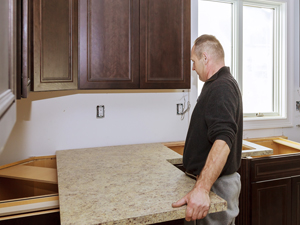
Are you considering natural stone as a material for your kitchen or bath new construction or renovation plans? You’ll need to enlist the services of both a stone fabricator and a stone restoration contractor. Here are the details.
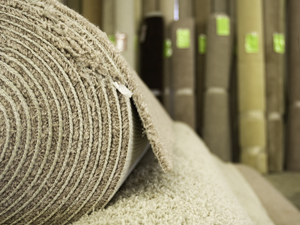
Chances are you have heard the well-intended but ill-advised suggestion to choose carpeting that hides dirt so there will be less vacuuming and professional cleaning required. This article explains why this is bad and potentially costly advice.
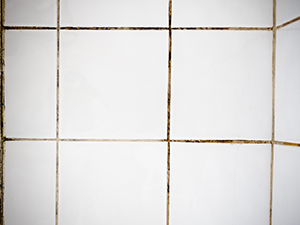
If your grout looks dirty or seems to be a dirt magnet, there are real, lasting solutions available. Read this article to learn how to resolve dirty grout problems once and for all.
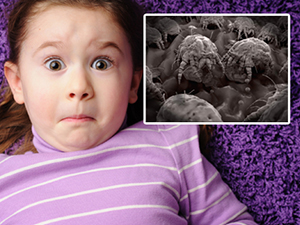
Dust mites can be found in virtually any home. Learn about the symptoms their allergens cause and how to reduce their numbers in your home.
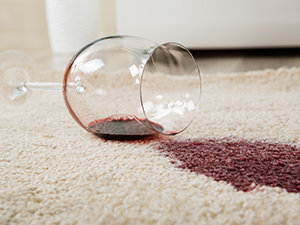
For red wine spills, as well as many other types of spills, the spot removal method is pretty simple. Use dry, white, clean cloths or paper towels to blot the spill and absorb excess liquid. Moisten with water and repeat until the entire spot is gone. If this doesn’t work, use a manufacturer-recommended spot cleaner or try our DIY how-to.
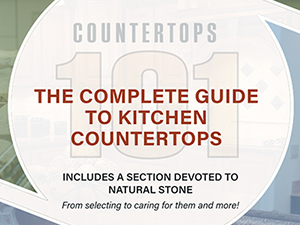
Thinking about purchasing new countertops? You’re going to love the Surface BUZZ magazine Kitchen Countertop edition! When you begin your search for the right countertop material for your new kitchen, it is important to educate yourself on all your options before you make your selection.

Before and after carpet cleaning, our technicians do a walk-through. This article demystifies the walk through process, letting you know what to expect and why.
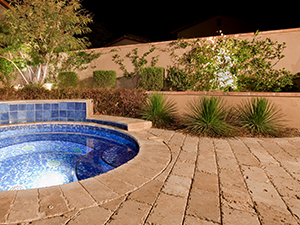
For anyone considering having limestone installed, as well as anyone with an existing installation, read this article to learn where limestone works best, why limestone is not suitable for wet areas, and how to care for limestone.
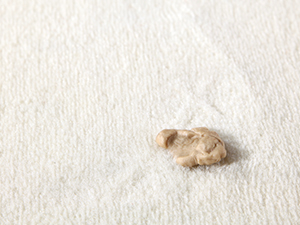
Removing clingy, sticky chewing gum from carpet may seem like a nightmarish task, but it can be easier than one might imagine. Here are a few methods to try.